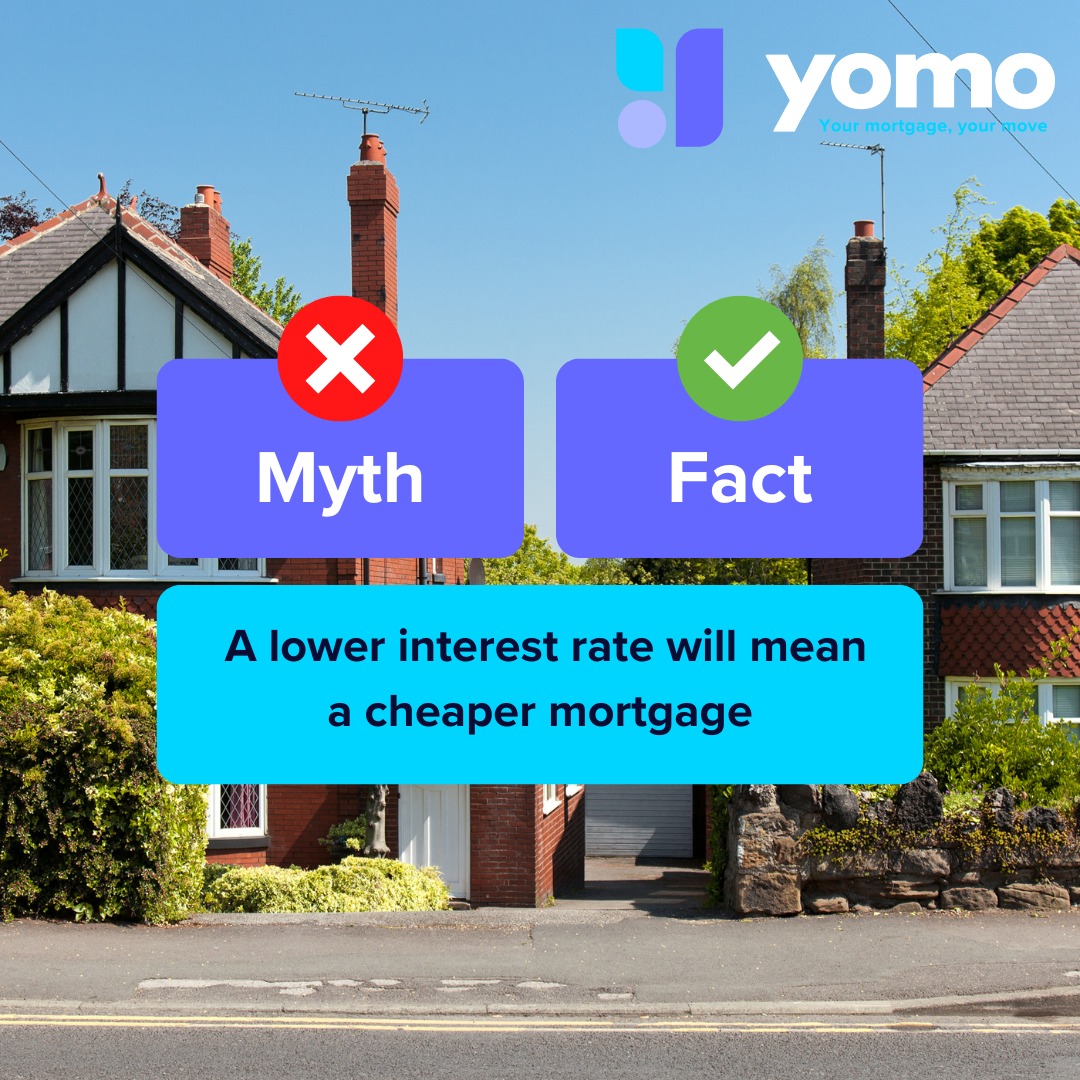Right To Buy
05.18.23
In this blog, we will explore the benefits and risks associated with the Right To Buy scheme.
The Right To Buy scheme, introduced in the UK in the 1980’s, it allowed council house tenants the opportunity to purchase their homes at a discounted rate. The scheme was initially aimed at increasing home ownership and enabling council tenants to gain equity in their properties. However, over the years, the scheme has been criticised for its negative impacts on the availability of social housing and the growing housing crisis in the UK.
Discount’s Available
Your Right to Buy discount depends on where you live and whether you live in a house or flat. The maximum discount you can get is £87,200 or £116,200 if you live in London. This is regardless of how long you’ve lived in your home, or how much it’s worth.
If you live in a house, you get a 35% discount if you’ve been a tenant for between three and five years. After five years, the discount goes up by 1% for every extra year you’ve been a tenant.
If you live in a flat, you get a 50% discount if you’ve been a tenant for between three and five years. After five years, the discount goes up by 2% for every extra year you’ve been a tenant.
In both cases, the maximum discount you can get is 70% – or £87,200 across England and £116,200 in London (whichever is lower). For example, if you’ve been a tenant for 10 years, you could buy your flat worth £100,000 for just £40,000 – using a 60% discount. This is calculated by the 50% initial discount for fives years tenancy and 2% for each of the other five years.
Benefits of the Right To Buy Scheme
One of the most significant benefits of the Right To Buy scheme is that it has enabled many council tenants to become homeowners. The scheme has allowed individuals and families to gain equity in their homes, which can provide a source of financial security and stability in the long term. This can be particularly beneficial for those who have struggled to get onto the property ladder due to financial constraints.
Tenants looking to utilise the Right To Buy scheme can also obtain a 100% mortgage with many lenders, you don’t necessarily need a deposit! This has been a huge advantage for many families looking to buy for the first time that just don’t have large amount of savings.
Another benefit of the scheme is that it has enabled council tenants to take control of their homes and make decisions about their living arrangements. Tenants are able to make modifications to their properties, such as redecorating or renovating, without the need for permission from the council. This can provide tenants with a sense of pride and ownership over their homes, which can lead to greater investment in their upkeep and maintenance.
Risks of the Right To Buy Scheme
Despite the benefits, the Right To Buy scheme has also been criticised for its negative impacts on the availability of social housing. As tenants have bought their homes, the number of properties available for rent has decreased, which has made it more difficult for those in need of social housing to find a suitable property. This has contributed to the growing housing crisis in the UK, particularly in areas where demand for housing is high.
Furthermore, the scheme has been criticised for its impact on council finances. As properties are sold to tenants, councils lose out on rental income, which can have a significant impact on their budgets. This can lead to a reduction in the availability of services, such as social care and education, as councils are forced to make cuts in other areas to compensate for the loss of income.
Another risk associated with the Right To Buy scheme is that it can exacerbate inequalities in society. Those who are able to take advantage of the scheme are often those who are already in a more privileged position, with access to greater financial resources. This means that the benefits of the scheme are not distributed equally, and those who are already struggling to get onto the property ladder are left behind.
In addition, the scheme has been criticized for its impact on the quality of housing. As tenants have bought their homes, they have taken on responsibility for their upkeep and maintenance. However, some tenants may lack the financial resources or knowledge to maintain their homes to a high standard, which can lead to a decline in the quality of housing in some areas.
Conclusion
In conclusion, the Right To Buy scheme has had both positive and negative impacts on the UK housing market. On the one hand, it has enabled council tenants to become homeowners and gain equity in their properties, which can provide financial security and stability. It has also stimulated the housing market and increased choice and affordability for those looking to buy in certain areas.
On the other hand, the scheme has also had negative impacts on the availability of social housing.
For anyone looking to make the leap into home ownership, to receive a such a large discount on the purchase price, to potentially not have the need for any deposit is so vital that I think the scheme is here to stay.



